
Batik Keris Museum
Explore Javanese heritage at Batik Keris Museum, showcasing intricate keris and the beautifully restored Omah Lowo building.
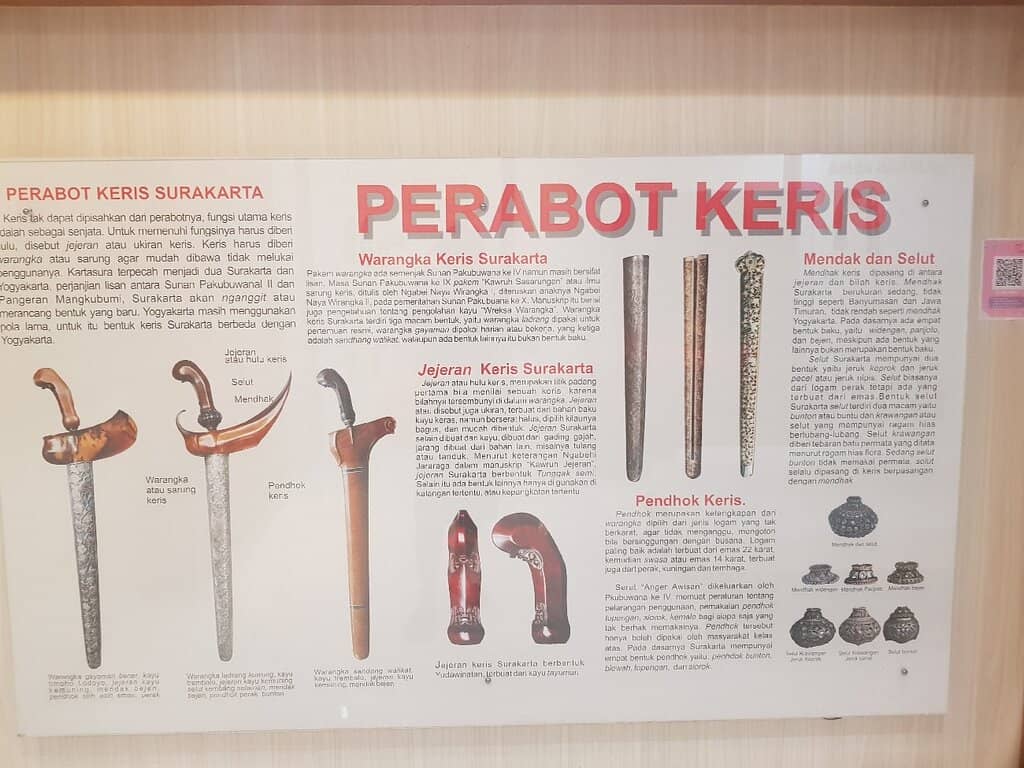
Highlights
Must-see attractions
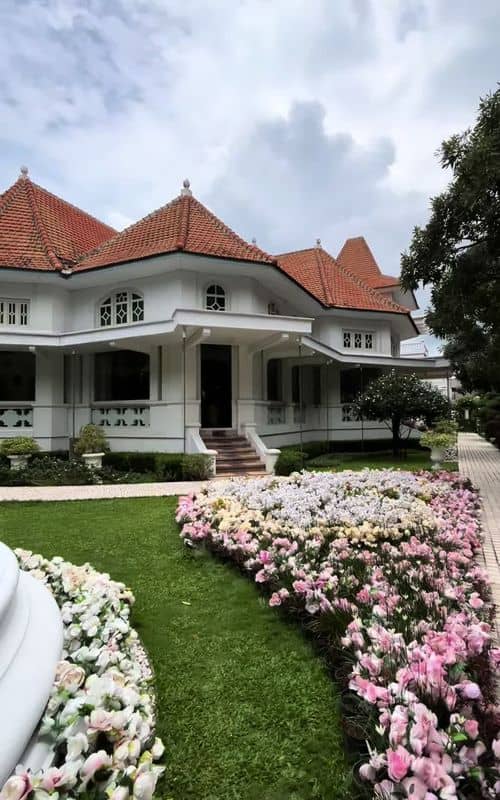
Social
From TikTok & Reddit
Best Time
Fewer crowds, more peaceful

Batik Keris Museum
Best Time
Fewer crowds, more peaceful

Highlights
Must-see attractions
Explore Javanese heritage at Batik Keris Museum, showcasing intricate keris and the beautifully restored Omah Lowo building.
"A must-visit for its rich keris collection and stunning heritage architecture."
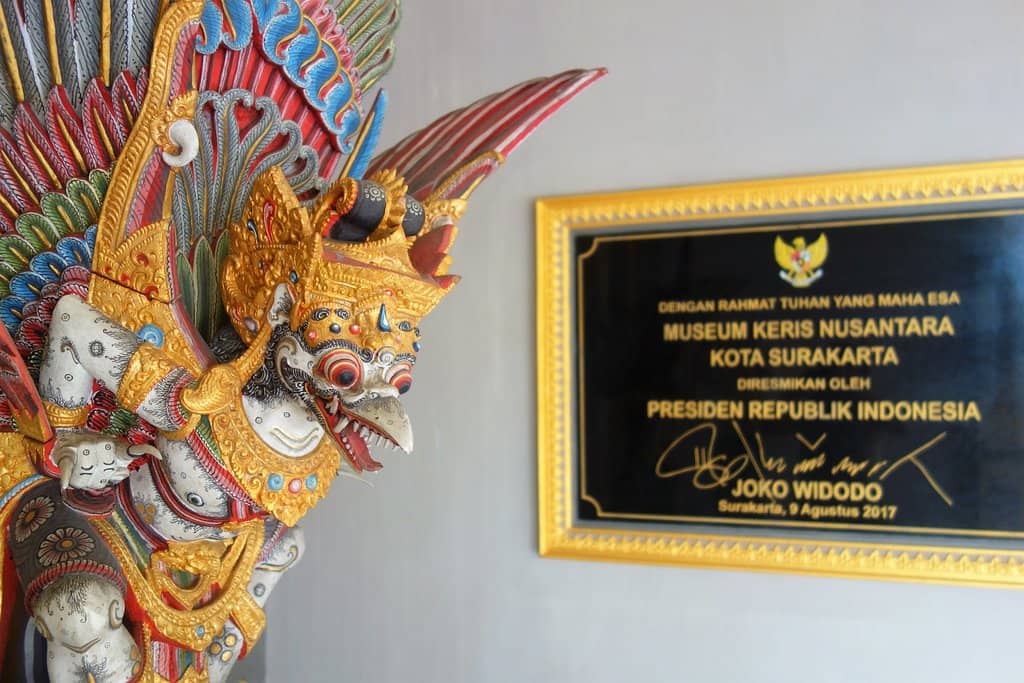
🎟️ Entry via Purchase
Entry often requires buying UMKM products or dining. Check current policies upon arrival.
🚶♀️ Explore by Stairs
Opt for the stairs to explore floors 2-5, though some find them a bit dusty. Elevators are also available.
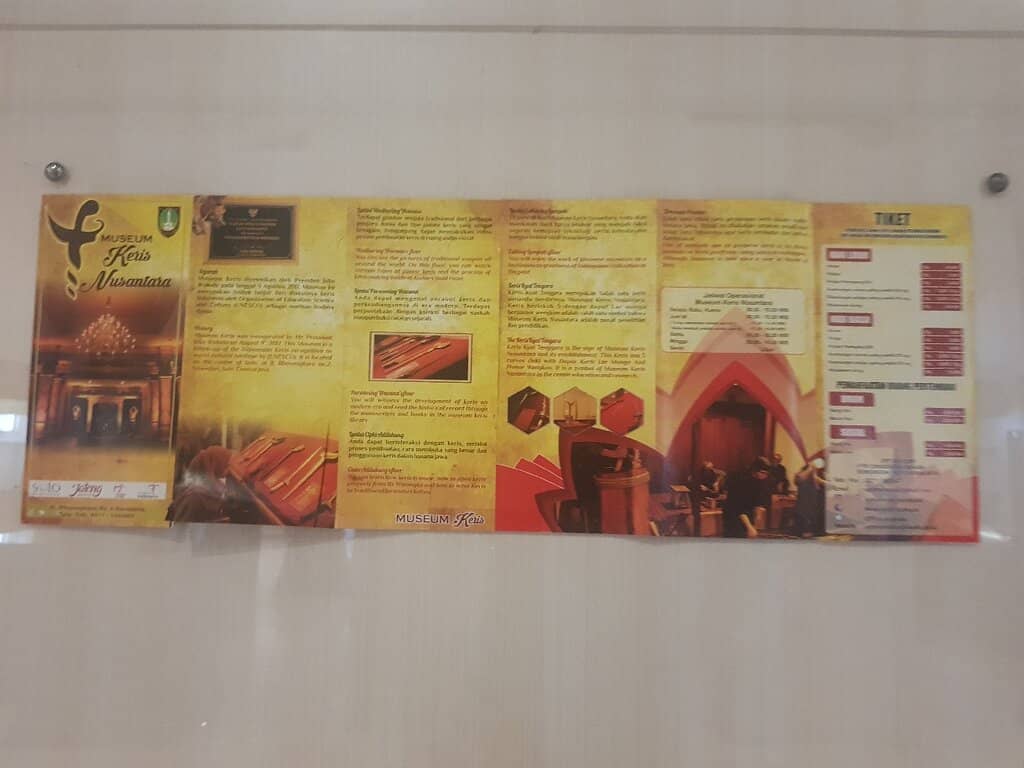
Highlights
Discover the most iconic attractions and experiences
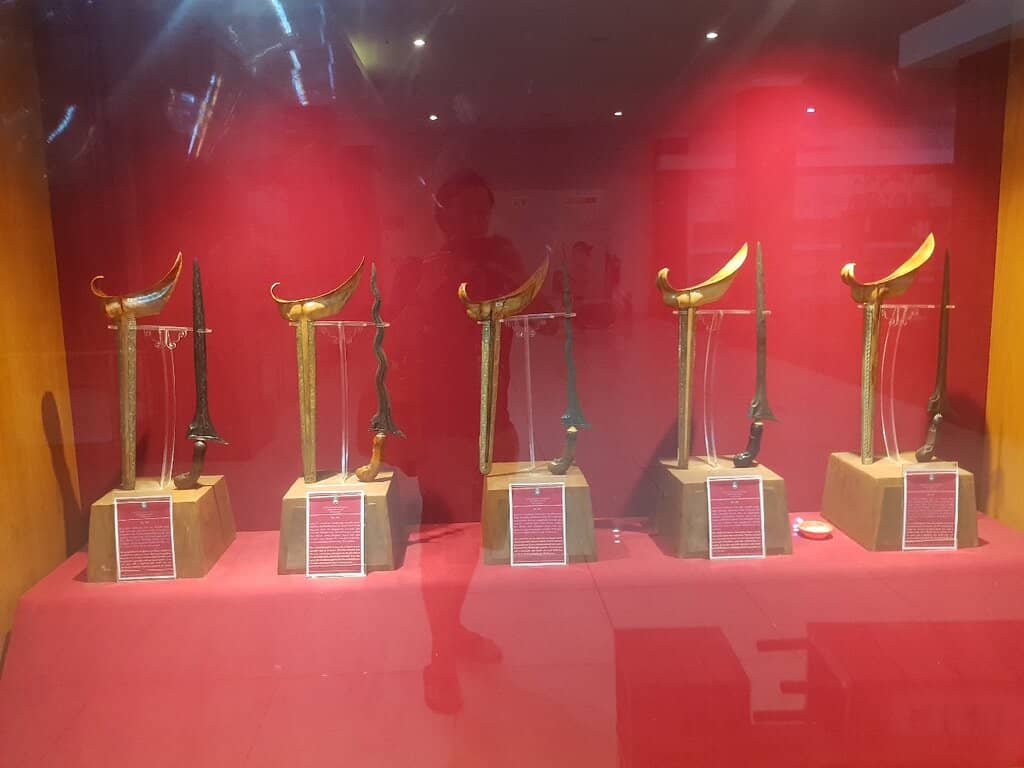
Keris Collection
Museum Floors 2-5
Explore a comprehensive collection of Javanese keris, learning about their history, intricate designs, and the rituals behind their creation.
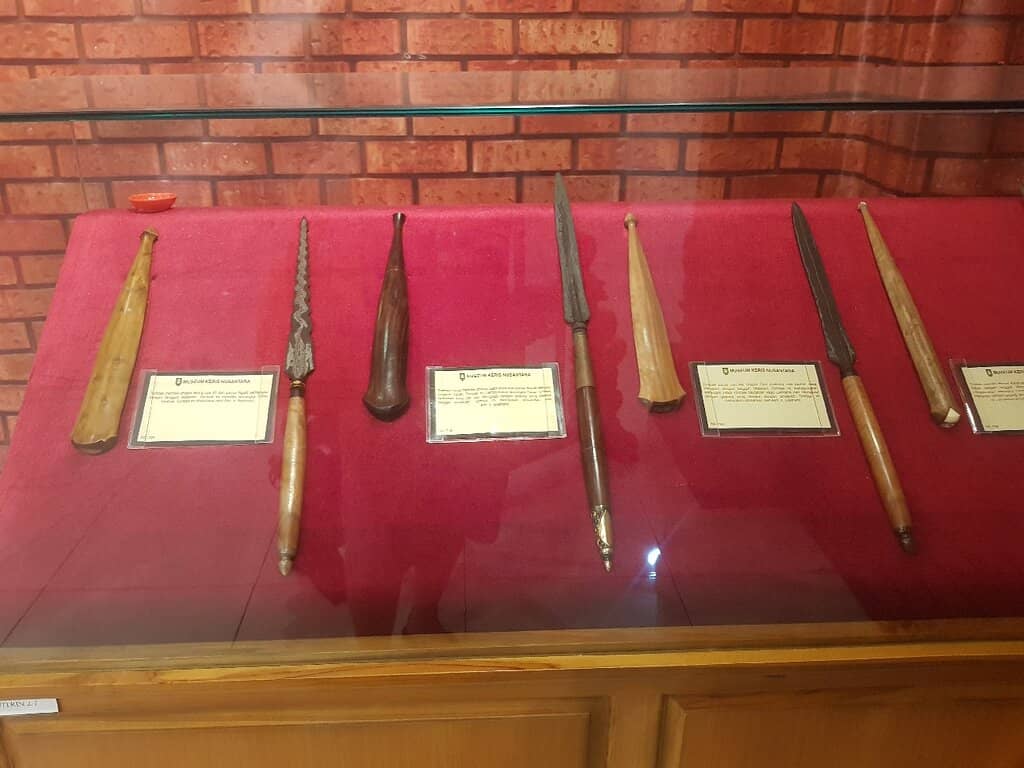
Omah Lowo Architecture
Entire Heritage Site
Discover the unique transformation of a historic, abandoned house into a beautiful heritage site with a museum, cafe, and shops.
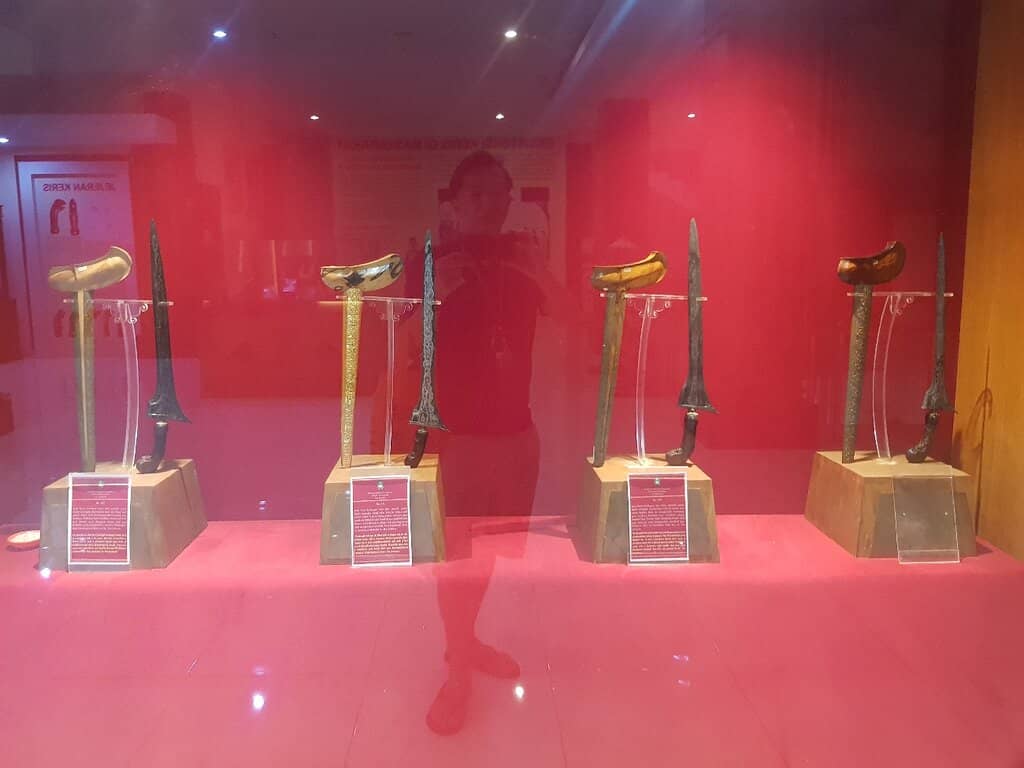
UMKM Marketplace
Ground Floor
Support local artisans by browsing and purchasing unique UMKM products, which often serves as your entry ticket.
Plans like a pro.
Thinks like you
Planning Your Visit
Entry Fee & Access
Best Time to Explore
Best Times
Insider Tips
from TikTok, Instagram & Reddit
🎟️ Entry via Purchase
Entry often requires buying UMKM products or dining. Check current policies upon arrival.
🚶♀️ Explore by Stairs
Opt for the stairs to explore floors 2-5, though some find them a bit dusty. Elevators are also available.
🤫 Quiet Atmosphere
The museum can be very quiet. Consider a guided tour for more engagement.
🌸 Pleasant Scents
Enjoy the good smells from flowers and incense sticks, creating a unique ambiance.
Tips
from all over the internet
🎟️ Entry via Purchase
Entry often requires buying UMKM products or dining. Check current policies upon arrival.
🚶♀️ Explore by Stairs
Opt for the stairs to explore floors 2-5, though some find them a bit dusty. Elevators are also available.
🤫 Quiet Atmosphere
The museum can be very quiet. Consider a guided tour for more engagement.
🌸 Pleasant Scents
Enjoy the good smells from flowers and incense sticks, creating a unique ambiance.
📚 Mini Library Access
A mini-library is available, though lamps may be off.
What Travellers Say
Reviews Summary
Visitors praise the Batik Keris Museum for its rich collection of Javanese keris and the unique transformation of the historic Omah Lowo building into a cultural hub. The affordable entry fee and the opportunity to support local UMKM are also highly appreciated. However, some guests noted that restrooms were under maintenance and the museum could feel very quiet and sparsely staffed on upper floors.
"+: for ticket you just pay for 10k, with cash or cashless. With 10k you get a cold and good museum. The collection is comprehensive. Smell good because of because of flower and “dupa” stick look like a “sajen”.
-: museum start dr second floor ‘till fifth, you can choose between lift or stairs, I choose stairs. For stairs look like, a little bit dirty, with some dust. Maybe you should recheck it. Every restrooms in this building are under maintenance. I can not find any employees in second until fifth floor, they are only at first floor for ticketing. And the situation of museum is so quiet, rarely people, and i feel like a little bit scared inside."
tita vidiani
"Located in startegic area behind Sriwedari Stadium, the entrance fee is only 10k IDR (no guide).
You can see the collection of Keris (Javanese traditional weapon), looking the relief in the body of the keris and the meaning also looking step of making and rituals needed to make it. There is also mini library (but the lamp was turned off when I was there)."
Indah R
"Learnt alot about the history of Keris and the rituals behind making one. Each keris is a unique thought out process combining the divinity of Kejawen culture and godly beliefs."
Vanessa K.
What People Like
What People Dislike
Frequently Asked Questions
🚇 🗺️ Getting There
The Batik Keris Museum is located behind Sriwedari Stadium in Surakarta. You can easily find it on Google Maps. Many visitors arrive by private car or taxi.
While specific details on dedicated parking are scarce, the museum is in a strategic area, suggesting that parking options are likely available nearby, especially for visitors arriving by car.
From the city center of Solo, you can use ride-sharing apps or taxis to reach the museum. It's a well-known heritage site, so most drivers will be familiar with its location.
Information on direct public transport routes is limited, but it's advisable to check local bus routes that pass near Sriwedari Stadium. Ride-sharing apps offer a convenient alternative.
The museum has elevators available for access to upper floors. However, some visitors have noted that stairs can be dusty, so it's worth inquiring about the best access routes for your needs.
🎫 🎫 Tickets & Entry
The entrance fee is typically around 10,000 IDR, payable in cash or cashless. However, some visitors mention that entry is free if you purchase products from the UMKM stalls or dine at the cafe. It's best to confirm the current policy upon arrival.
Advance booking is generally not required for the Batik Keris Museum. Entry is usually on a walk-in basis, often linked to a purchase.
The 10,000 IDR fee typically grants you access to the museum's collections. If entry is linked to a purchase, the value of your purchase covers the experience.
Information on specific discounts is not widely available. However, the low entry fee of around 10,000 IDR makes it an affordable cultural experience.
Specific opening hours can vary, but the museum is generally open during daytime hours. It's advisable to check their social media or local listings for the most up-to-date information.
🎫 🧭 Onsite Experience
You can explore extensive collections of Javanese keris, learn about their history and craftsmanship, admire the unique architecture of Omah Lowo, and shop for local UMKM products.
While not always explicitly advertised, some visitors have mentioned positive experiences with tour guides. It's recommended to inquire about guided tours upon arrival for a deeper understanding of the exhibits.
Take your time to appreciate the details of the keris collection and the historical significance of the Omah Lowo building. Reading any available information panels or opting for a guide can enhance the experience.
Some reviews indicate that restrooms may be under maintenance. It's advisable to check their availability upon arrival or use facilities in the cafe area if needed.
Yes, the museum and its heritage site are highly aesthetic and offer many photo opportunities. The unique architecture and exhibits make it a popular spot for photographers.
🍽️ 🍽️ Food & Dining
Yes, there is a cafe and restaurant on-site, often integrated with the heritage experience. It's a great place to relax after exploring the museum.
The cafe offers a pleasant ambiance for coffee and likely serves local Indonesian cuisine. It's a popular spot for visitors to enjoy a meal or drink.
While dining at the cafe can grant you access, it's not always the sole requirement. Purchasing UMKM products is another common way to gain entry.
Absolutely! The cafe is a highlight for many, offering aesthetic coffee experiences alongside the heritage visit.
Being located in Surakarta, there are numerous local eateries and restaurants in the vicinity if you wish to explore dining options beyond the museum cafe.
📸 📸 Photography
The entire Omah Lowo heritage site is incredibly aesthetic, from the gardens to the museum interiors. Look for unique architectural details and the intricate batik displays.
Photography is generally allowed, and many visitors capture the beauty of the keris collection and the heritage building. Be mindful of any specific signage regarding flash photography.
Visitors often capture the aesthetic architecture, the detailed keris exhibits, and the overall heritage ambiance. It's a great location for cultural and architectural photography.
While generally permitted, it's always wise to check for any specific restrictions on photography, especially concerning flash or professional shoots, upon arrival.
A standard camera or smartphone with good low-light capabilities is sufficient. Consider a wide-angle lens for capturing the architecture and a macro lens if you want to focus on the intricate details of the keris.
For Different Travelers
Tailored advice for your travel style
👨👩👧 Families with Kids
Consider making the visit a multi-activity outing by enjoying the cafe and exploring the UMKM shops. This can break up the museum experience and offer something for everyone. Inquire about any interactive elements or child-friendly explanations that might be available to make the history more accessible for younger visitors.
💰 Budget Travelers
This makes it an ideal addition to any Solo itinerary without straining your wallet. You can experience history, art, and local culture while supporting small businesses, all in one visit.
📸 Photography Enthusiasts
Beyond the architecture, the intricate details of the keris collection and the aesthetic ambiance of the cafe offer endless opportunities for captivating shots. The blend of heritage, art, and a touch of modern cafe culture makes it a versatile spot for various photography styles.
Deep Dives
In-depth insights and expert knowledge
The History and Significance of Keris
Exploring the museum's collection allows you to appreciate the diverse reliefs and designs etched into the keris bodies, each telling a story or carrying a specific meaning. The museum provides insights into the divinity and godly beliefs intertwined with the creation and use of these ceremonial blades. Learning about the rituals behind making a keris offers a profound glimpse into the spiritual fabric of Javanese society.
This deep dive into the keris is a core experience at the museum, offering a unique educational opportunity that goes beyond mere artifact display. It’s a chance to connect with a vital aspect of Indonesian heritage and understand the artistry and symbolism embedded in these iconic weapons.
Omah Lowo: From Abandoned House to Heritage Gem
Walking through Omah Lowo, visitors can feel the echoes of the past while enjoying the present. The architecture itself is a significant draw, with many praising its beauty and the care taken to maintain its historical integrity. The transformation from a derelict building to a cultural hub is a testament to thoughtful restoration and preservation efforts.
The site now encompasses not only the museum but also a cafe and UMKM shops, making it a multi-faceted destination. This revitalization has breathed new life into the building, offering a unique backdrop for cultural exploration and leisure activities.
The Role of UMKM and Local Support
Browsing the UMKM stalls offers visitors a chance to discover authentic local crafts and products. It’s an opportunity to take home a piece of Solo's creative spirit while contributing to the local economy. This approach fosters a sense of community and shared heritage, making the visitor experience more meaningful.
This emphasis on supporting local businesses is a commendable practice that enhances the overall visitor experience. It transforms a simple museum visit into an act of cultural appreciation and economic support for the community.



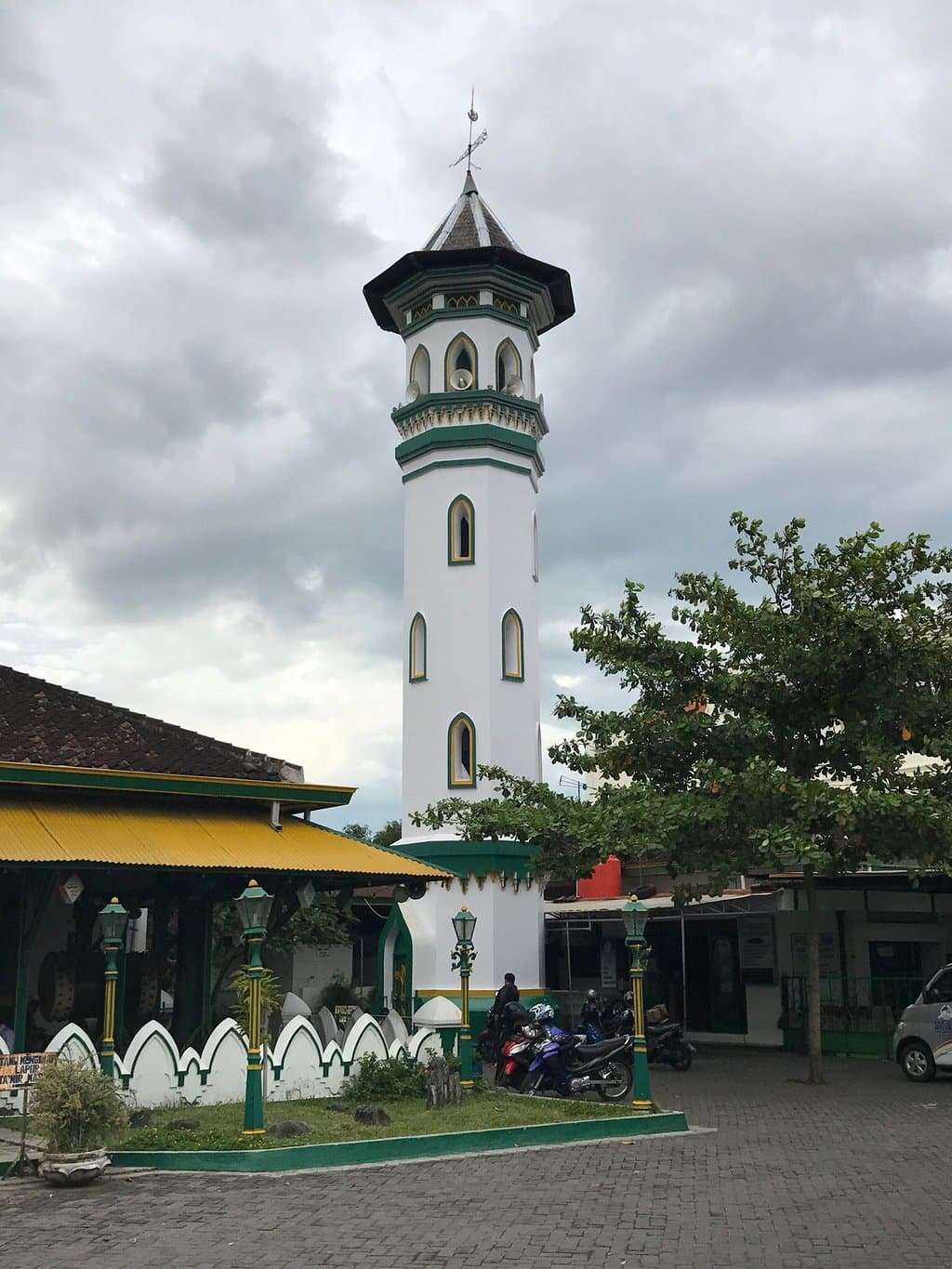
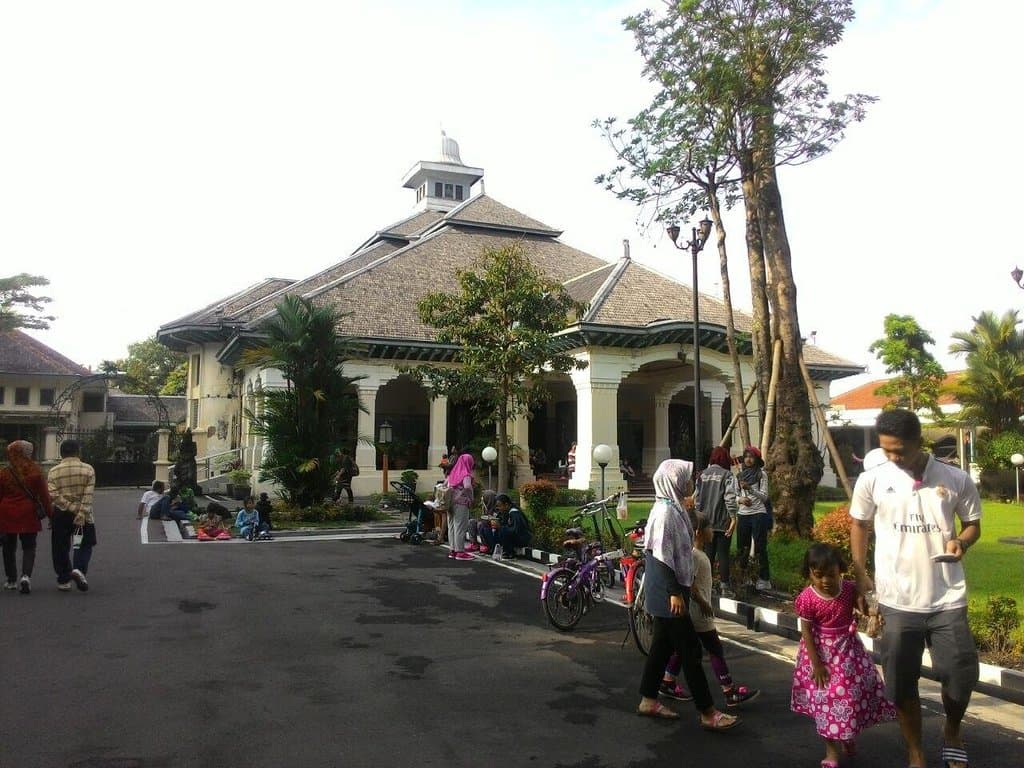
Social
from TikTok, Instagram & Reddit